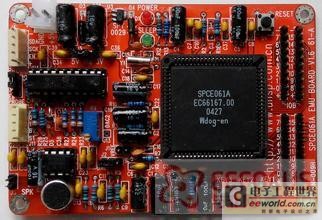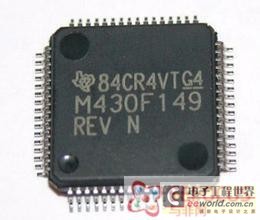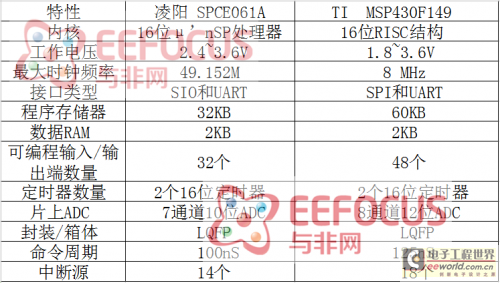When comparing 16-bit MCUs with their 8-bit and 32-bit counterparts, it's clear that they occupy a unique position in the market. While 8-bit MCUs are known for their low cost and simplicity, and 32-bit MCUs offer high performance and advanced features, 16-bit MCUs strike a balance between cost and capability. They are widely used in applications such as automatic control systems, instrumentation, image processing, and smart home devices. This niche may not be as large as others, but it’s still significant and growing. Many well-known companies, both international and domestic, have been actively developing 16-bit MCUs. Global giants like Texas Instruments (TI), Freescale, Infineon, and Fujitsu continue to innovate in this space, constantly introducing new products. However, when it comes to domestic 16-bit general-purpose MCUs, the name recognition is much lower. For example, while most people know STC for 8-bit MCUs, few can name a leading Chinese 16-bit MCU brand—despite the fact that there are capable options available. This article introduces one of these under-the-radar 16-bit MCUs: the SPCE061A from Sunplus Technology (also known as Lingyang). The SPCE061A is a follow-up to the μ'nSP series, specifically the SPCE500A. Unlike its predecessor, which had more memory, the SPCE061A is designed with limited resources in mind, featuring 32K words of embedded flash memory to simplify programming and debugging. Its higher processing speed makes it ideal for handling complex digital signal processing tasks efficiently. Figure 1: SPCE061A Development Board Before diving deeper into the SPCE061A, it's worth learning about its manufacturer—Lingyang. Established in 1990, Lingyang has built a strong reputation in microcontroller chips, multimedia processors, LCD drivers, and memory solutions. It holds numerous patents in areas such as 16-bit and 24-bit DSP technology, S+Core 32-bit architecture, and MP3/4 audio algorithms. These innovations have made Lingyang a key player in the embedded systems industry. To better understand the capabilities of the SPCE061A, we compare it with a well-known 16-bit MCU from TI—the MSP430F149. The MSP430 series is considered a benchmark in 16-bit MCUs, often compared to Intel's Pentium in terms of legacy and influence. Let’s take a closer look at the hardware specifications of the MSP430F149 and see how it stacks up against the SPCE061A. Figure 2: MSP430F149 Physical Layout While I won’t go into too much detail about the MSP430F149 here, I’ve used it in several projects and found it reliable. Instead, let’s focus on the hardware comparison to see how the SPCE061A performs in real-world scenarios. Embedded Scanner,Scanner With Laser,Bar Code Scanner,2D Stationary Barcode Scanner Guangzhou Winson Information Technology Co., Ltd. , https://www.barcodescanner-2d.com

